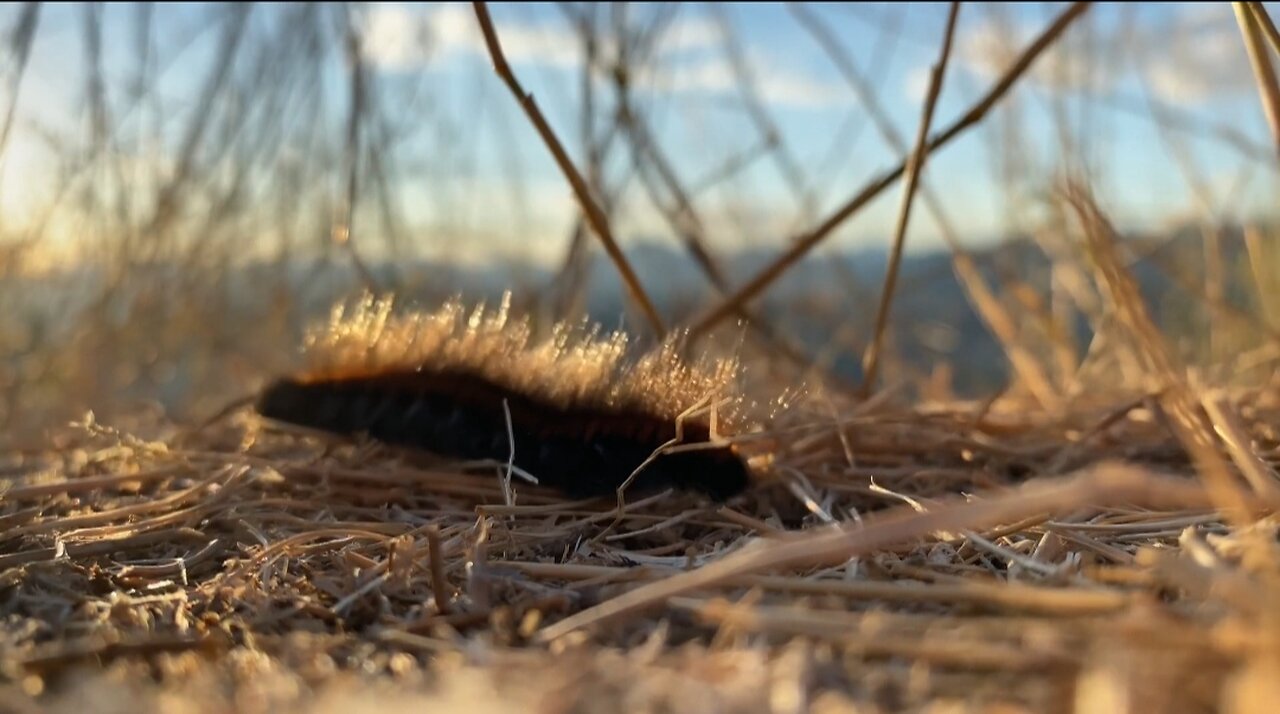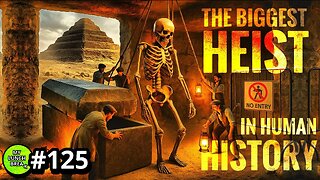Premium Only Content

"Caterpillars: The Silent Garden Keepers"
Caterpillars are the larval stage of butterflies and moths, belonging to the order Lepidoptera. They are often recognized for their elongated, segmented bodies, which are soft and can vary widely in color and pattern. Caterpillars have three pairs of true legs located near their head, and several pairs of fleshy, false legs called prolegs along their abdomen, which help them move in a characteristic crawling motion. Here are some key points about caterpillars: 1. **Diet**: Caterpillars are primarily herbivores, feeding on leaves, flowers, and other plant material. Some species are specific to certain plants, while others are generalists. 2. **Defense Mechanisms**: To protect themselves from predators, caterpillars have developed various defense mechanisms. Some are camouflaged to blend in with their surroundings, while others have bright, warning colors to indicate they are toxic or unpalatable. Some caterpillars have spines, hairs, or other physical structures that can deter predators. 3. **Growth and Molting**: As caterpillars grow, they molt several times, shedding their exoskeletons to accommodate their increasing size. Each stage between molts is called an instar. Most caterpillars go through five instars before they pupate. 4. **Metamorphosis**: The most fascinating aspect of a caterpillar's life is its transformation into a butterfly or moth. After reaching a certain size, the caterpillar forms a pupa, or chrysalis, in which it undergoes metamorphosis. Inside the pupa, the caterpillar's body undergoes a complete transformation, emerging as an adult butterfly or moth. 5. **Role in Ecosystem**: Caterpillars play a crucial role in ecosystems as both herbivores and prey. They help control plant populations and are a vital food source for many animals, including birds, reptiles, and other insects. Caterpillars are often considered pests in agriculture because they can cause significant damage to crops. However, they are also admired for their role in the life cycle of butterflies and moths, which are important pollinators.
-
 LIVE
LIVE
Mally_Mouse
5 hours agoSaturday Shenanigans!! - Let's Play: Party Animals
392 watching -
 LIVE
LIVE
FATTACnation
11 hours agoConversations between Real People.
135 watching -
 52:30
52:30
The Mel K Show
3 hours agoMel K & Bx - Becca Spinks | Uncovering Evil: Our Children Are Being Targeted | 5-10-25
29K21 -
 17:10
17:10
Tundra Tactical
4 hours ago $0.62 earnedEXCLUSIVE Zev Heartbreaker Pistol Hands-On Review!
23.7K2 -
 12:31:41
12:31:41
Total Horse Channel
15 hours agoBest Little Derby in the West | Main Arena | Saturday
29.7K3 -
 2:07:01
2:07:01
The Illusion of Consensus
4 hours agoUnlocking Mental Health: A Holistic Approach with Dr. Aruna Tummala
25.5K8 -
 15:53
15:53
Exploring With Nug
9 hours ago $6.48 earnedRiver Search for Missing Woman Leads to Shocking Discoveries Underwater!
37.6K12 -
 17:29
17:29
Clownfish TV
12 hours agoDisney Will CENSOR Abu Dhabi Theme Park! No LGBTQ or Shells on Ariel?!
45.3K28 -
 30:39
30:39
MYLUNCHBREAK CHANNEL PAGE
8 hours agoThe Biggest Heist in Human History
55.3K54 -
 17:13
17:13
Mrgunsngear
10 hours ago $0.44 earnedGirsan MC9 Disruptor X Handgun Review
43.4K2